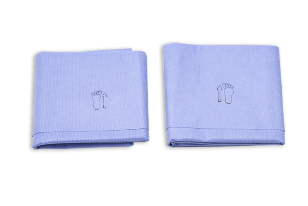19/05/2023
ByWinner Medical
 11926
11926
 Event
Event
This article will help you understand the importance of disinfection and how Winner Medical can prevent the spread of germs with their disposable medical products. This article aims to provide information on the benefits of using antiseptic products in a hospital setting and ways to prevent infection.

How Disinfection Works
The disinfection process begins by destroying any pathogenic bacteria. This can be done using chemicals, physical processes such as steam or radiation, or a combination of these methods.
The effectiveness of disinfection is usually judged by how many microorganisms are eliminated. However, eradication is not the only criterion for judging the success of the disinfection process.
Another important measure of disinfection performance is the degree to which it reduces the risk of disease transmission. This is often referred to as "risk reduction." The risk reduction achieved through disinfection can be expressed in three factors: reduced exposure, reduced containment, and reduced protection.
Exposure reduction measures how much less a person's exposure to pathogens is than if they were not disinfected. Containment reduction measures how likely a pathogen will spread from one area to another. Protection reduction measures how likely a pathogen is to cause harm to a person or property.
How Winner Medical Prevents the Spread of Germs
Disposable medical products and surgical consumables dominate Winner Medical's product line, which protects users and hospital workers from bacterial infections by producing sterile, highly protective products. Not only that but Winner Medical's production line is also dedicated to aseptic production, ranging from professional sterilization methods to effective sterilization tools. Finally, as a promoter of disposable medical products, Winner Medical is happy to educate everyone about the safety and convenience of disposable medical products.